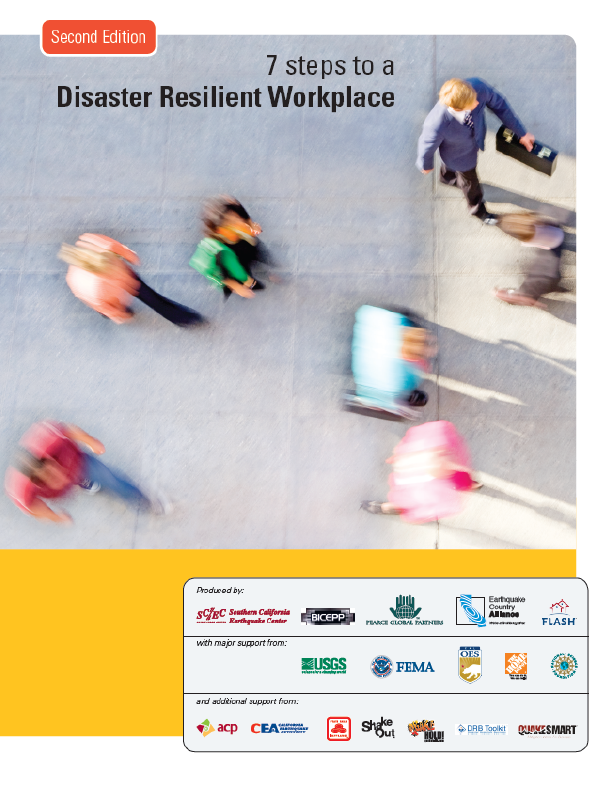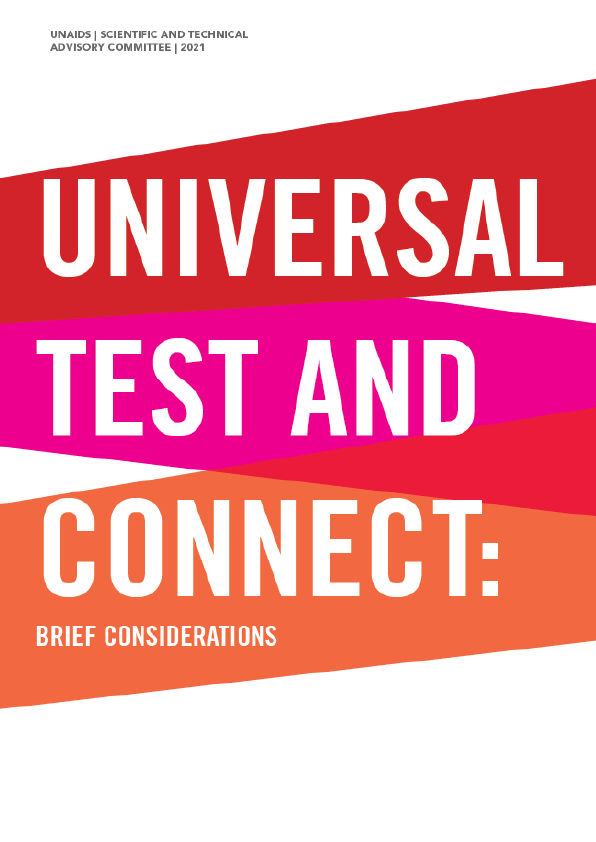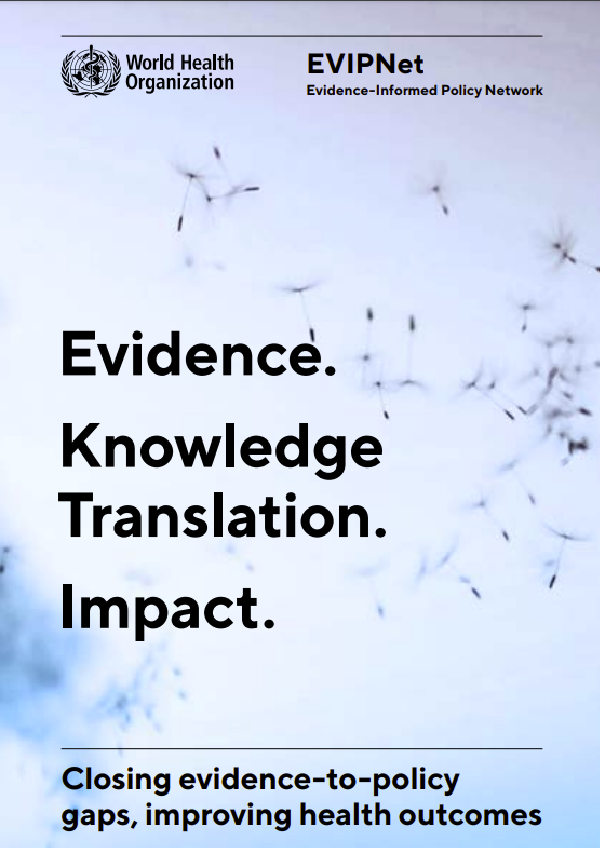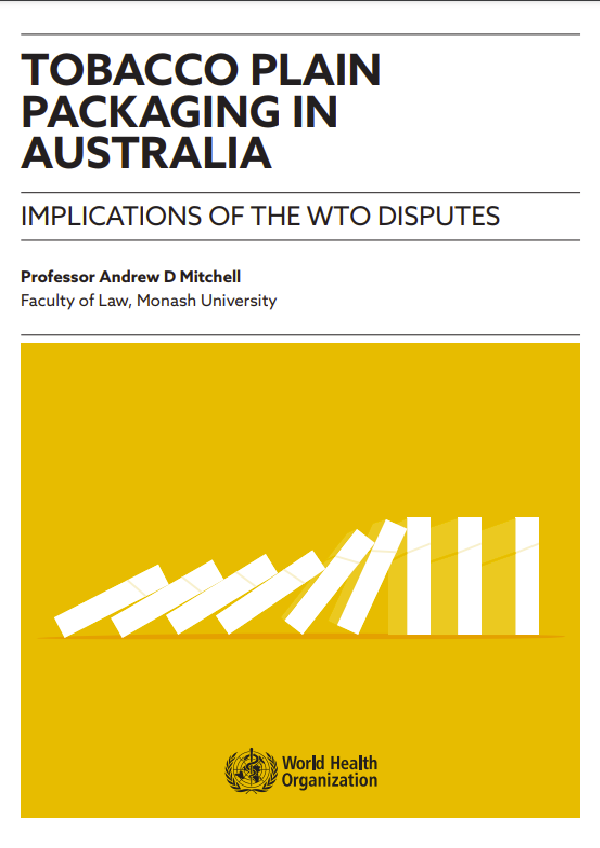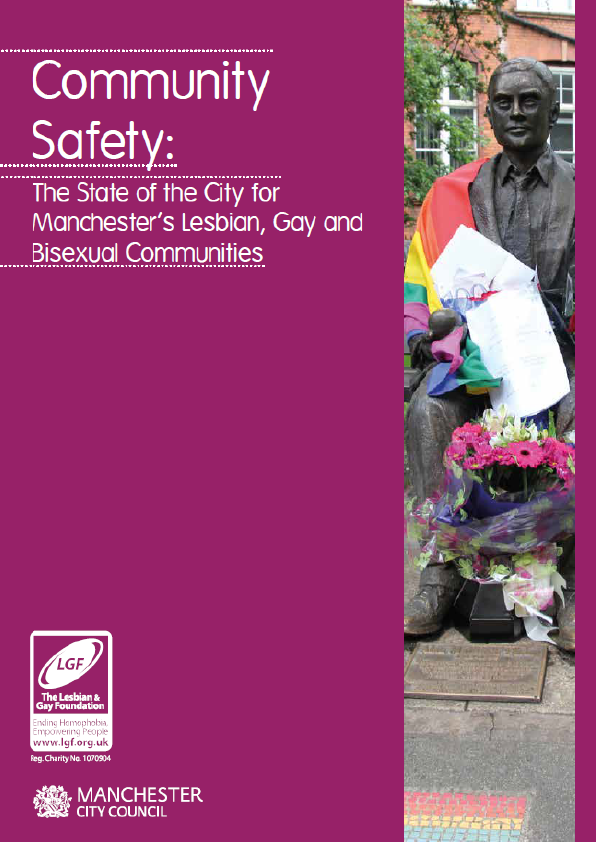A Guide to International Tools and Services
Why has the Guide been produced?
Disaster Response in Asia and the Pacific: A Guide to International Tools and Services (hereafter referred to as “the Guide”) was updated in 2017. The original 2013 edition was produced following the 2011 Regional Humanitarian Partnership Forum (RHPF) for the Asia-Pacific Region held in Shanghai, China. At the workshop, United Nations (UN) Member States and other humanitarian stakeholders requested a handbook to guide disaster managers in understanding the interaction between national, regional and international humanitarian response mechanisms. The original Guide was developed in consultation with Government officials across Asia and the Pacific and representatives of intergovernmental organizations, the Red Cross and Red Crescent Movement (RCRC Movement), national and international non-governmental organizations (NGOs/INGOs), donors and other key agencies worldwide. These partners were also consulted for the revised Guide.
What is the purpose of this Guide?
The Guide helps disaster managers in national Governments gain basic knowledge of how to mobilize and use international and regional tools and services for disaster response and preparedness efforts. However, the Guide is not prescriptive. Rather, it supports both disaster response and disaster response preparedness capabilities at the national level in Asia and the Pacific. It is a reference on the available tools and services that can facilitate the rapid mobilization of humanitarian assistance and response in emergencies.
How can the Guide be used?
- To create a common understanding of the tools and services available in the region
- To support emergency decision-making in small, medium and large-scale disasters
- To help identify the international technical expertise available prior to and at the onset of a disaster
- To facilitate partnerships between humanitarian actors
- To inform academic curricula at national and regional learning institutions
How is the Guide organized?
Following this introduction, the Guide has five substantive chapters: [II] Guidance Frameworks, [III] Humanitarian Actors, [IV] International Coordination Mechanisms, [V] Tools and Services, and [VI] Early Warning. The Guide explains how to access more information and provides contact information for requesting the deployment of the services and tool discussed.




